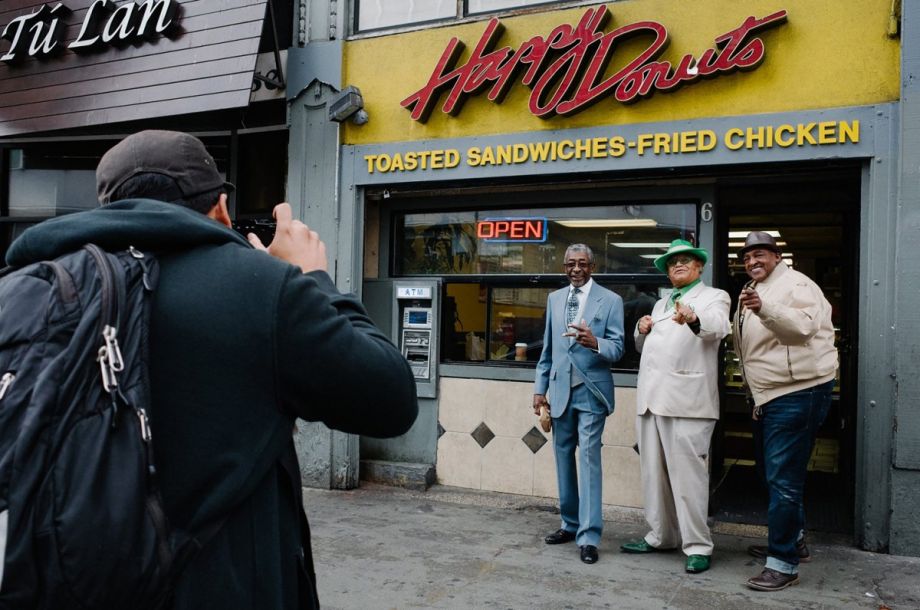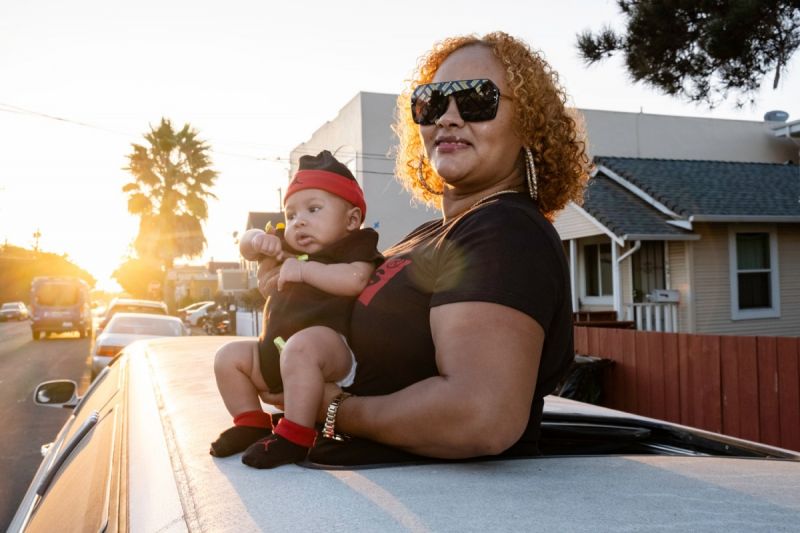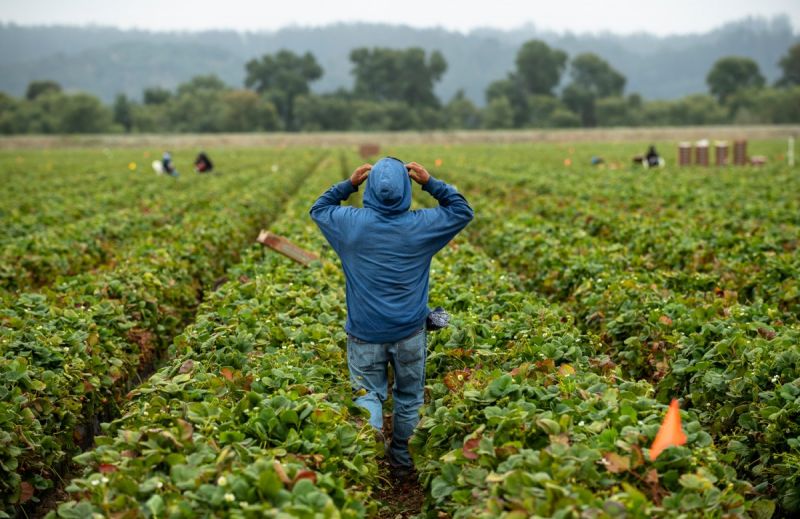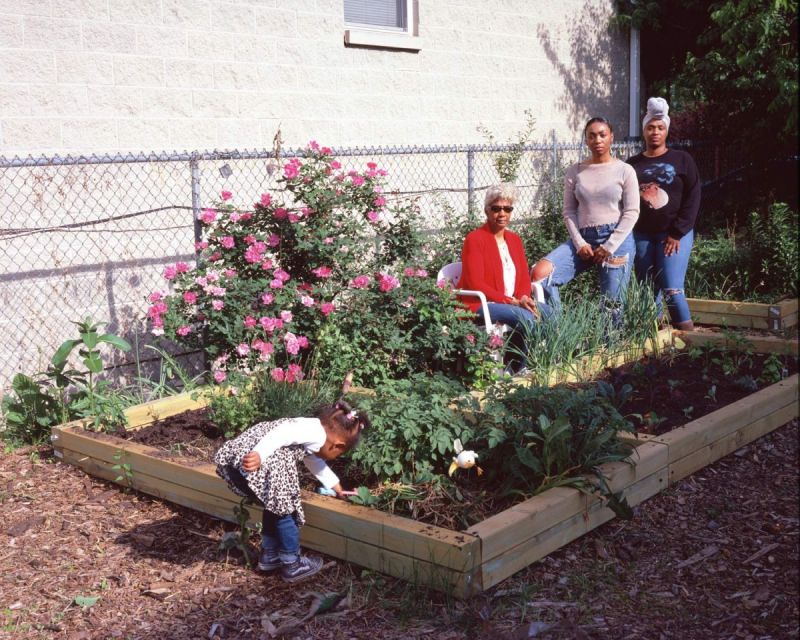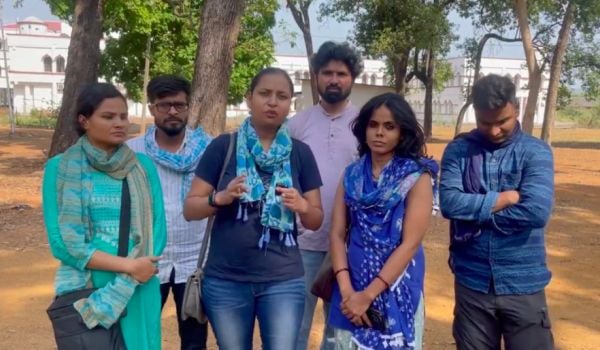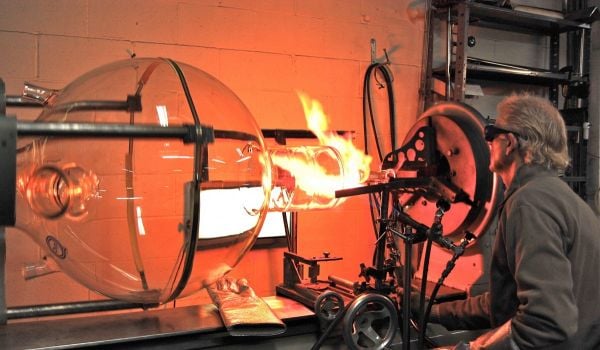In 2018, a visual journalist named Yesica Prado was completing a master’s degree in journalism at the University of California, Berkeley when she realized that she could not afford the cost of housing in the San Francisco Bay Area. Prado says, “I was living in different kinds of vehicles when I was going to school. First in a little vehicle, then in an artist’s studio, and then my boyfriend’s van. Then I did eventually end up getting an RV. I navigated different circumstances that helped me be stable and go to school.”
Prado found out that an organization called CatchLight has an opening for their 2019 fellowship and just happened to be working with a newsroom that she sometimes contributed to as a freelancer. She applied and was accepted. As a CatchLight fellow, Prado joined San Francisco Public Press, an independent nonprofit newsroom, and started documenting the unhoused community, starting in September of 2019.
CatchLight was founded in 2015 with the intention of supporting visual local news in response to the elimination of photojournalists at local newsrooms. As newsrooms have largely eliminated their visual journalists, there is an observable decrease in visual representation of communities, which CatchLight calls “image deserts.” According to CatchLight’s CEO, Elodie Mailliet Storm, these image deserts have also contributed to the loss of trust in local news. When readers are no longer seeing a visual representation of their communities, it creates a disengagement from community stories.
Mailliet Storm says, “there is a lot of talk about news deserts and the rapid decline of local news organizations and the impact of that decline on democracy and the ability for all communities to be informed at the local and community level.” But just as insidious as a news desert — where there may be no local newspaper to inform communities — is the image desert, where a newspaper may exist but not with any way to represent communities visually.
Maillet Storm attributes part of the decline of local news photo desks to the rise of the iPhone and other inexpensive cameras. Mailliet Storm says, “When news organizations started to decline, they started to fire their visual journalists first.”
CatchLight looked to the image as a foundation to build trust in news, arguing that the image has a way of connecting communities in a way that iPhone pictures and photos sourced from social media do not. In 2019, CatchLight launched a small pilot in the Bay Area where they paired visual journalists with newsrooms for a period that was initially supposed to be for three months, but ended up being extended. Storm says, “We quickly noticed that the work of those visual journalists was helping audience engagement and more community engagement.”
Then, the COVID-19 pandemic hit and CatchLight decided to extend these fellowships further. Maillet Storm says, “we felt these stories were too important to not follow through COVID, so we extended that program for six months to a year.
Prado’s piece was one of the projects that was extended through COVID. The pandemic brought new issues to the communities of the unhoused, and so Prado continued to document them.
Prado’s project, “Driving Home: Surviving the Housing Crisis,” was published in July of 2020. She was hired full time by the newsroom when her fellowship formally ended in 2020 and is now working on a story about fires in encampments. Prado still lives in her RV in the Guilman District of Berkeley and her work is being exhibited at City Hall in San Francisco alongside the work of another Bay Area fellow named Felix Uribe.
Projects can also draw upon archival images to tell new stories. Another CatchLight fellow, Samantha Cabrera Friend, was placed with ProPublica and began crafting a visual story of the Chicago westside neighborhood of Garfield Park about the historic and systematic disinvestment in the region.
“Something I kept hearing was a sentiment from older residents or multigenerational residents that their grandchildren or the youth of today in Garfield Park find it hard to believe that Madison Street looked any different and that things used to be different,” Friend says. “Their childhoods were so different from the childhoods of today. That to me screamed visuals and screamed – wow, there is a serious issue of communicating through representation [and] communicating through illustration. That is where this community comes from, and this deserves to be recognized, historized and talked about.”
Friend’s project, “In Those Pictures, You Can See the Community,” juxtaposes images from citizen archives with images that were created today to show what she describes as “a more nuanced, complex, honest, and updated representation” of the community in Garfield Park. Friend paired family photos, prom pictures, and yearbook pictures with striking visuals of these families today. These photos deviate from way Garfield Park is often portrayed in stories today.
Gallery: A sample of Catchlight Fellows’ work
Storm feels that the engagement that the CatchLight fellows have brought to the newsrooms have confirmed their philosophy that visuals amplify the connection between newsrooms to their communities. Another fellow, David Rodriguez, continued his project on the struggles of Salinas families with The Salinas Californian through COVID and his work brought strong engagement to the paper. Mailliet Storm says, “The visual stories increased viewing time on the stories by 30 percent – people would spend more time on them than other stories in the paper.”
The first piece that Rodriguez ran with the newsroom, on food insecurity among Hispanic immigrants in Salinas, was picked up by USA Today and many readers reached out to offer help to the family featured in the story. This piece caught the eye of the Media Impact Project who ended up doing a piece about how his work moved the community.
Rodriguez has accepted a permanent position with The Salinas Californian as a visual editor and is also now a Stanford Fellow. CatchLight views the permanent placement of both Rodriguez and Prado at their newsrooms as a testimony to the importance of visual storytelling in news. Mailliet Storm says, “It’s rewarding to see that our story was right and that the investment in telling stories visually helped the newsrooms connect more with their audiences and improve their sustainability.”
The next goal of CatchLight is to fund their fellows for a longer period of time. They are collaborating with the nonprofit Report for America, which will cover a portion of the journalists’ stipends and provide training, according to a press release. Mailliet Storm says, “Our goal is that these will be multi-year fellows and they’ll stay in the newsroom. Then the practice becomes more ingrained, and the impact is much greater.”
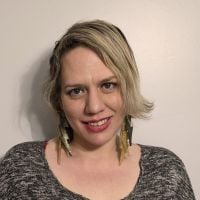
Nia Springer-Norris is a Chicago-based solutions and culture journalist who contributes to Next City and Kirkus Reviews. Her work has also been featured in Ms., Romper and Parents.com.

